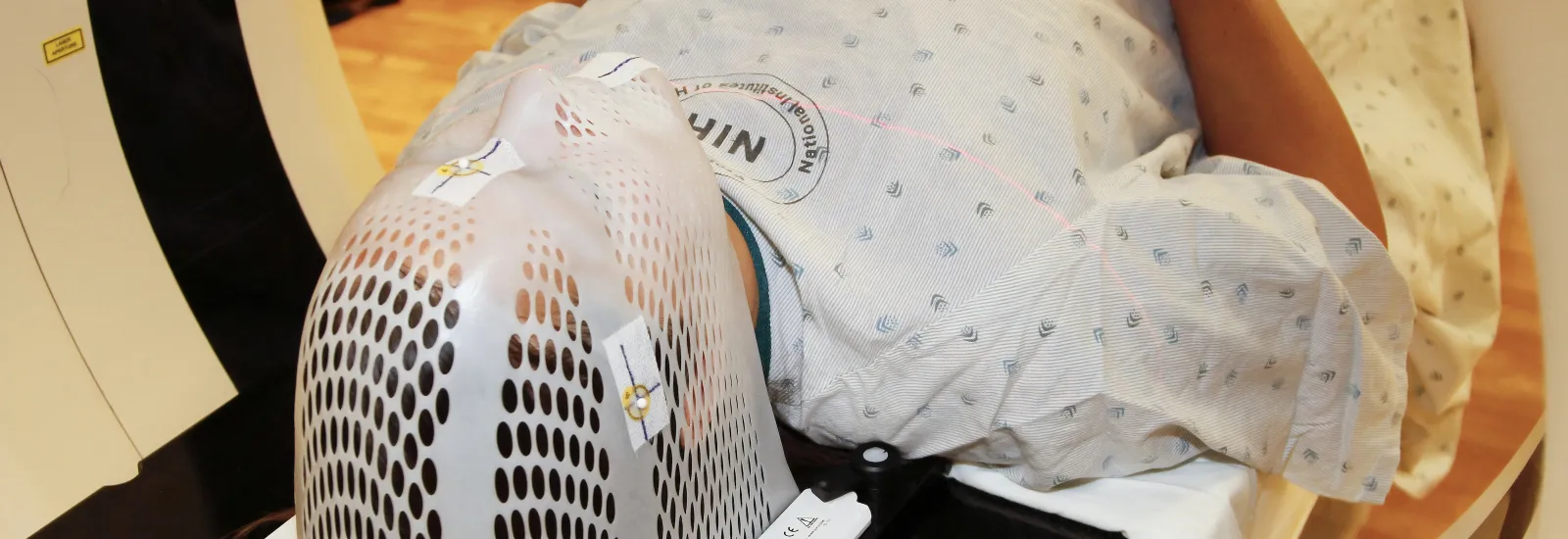
Today's cancer technology is helping more cancer patients survive
Cancer care and treatment has come a long way in recent
years, thanks to enhancements in cancer technology. From new imaging techniques
to innovative therapies, these developments are making a big difference in the
fight against cancer.
Roughly 1.9 million people in the United States were
diagnosed with some form of cancer in 2022. Breast cancer in women and prostate
cancer in men were the most common diagnoses. Thanks to advanced cancer
technology, these cancers no longer cause the most deaths. Instead, technology
is adding more
years to people's lives.
Research, chemotherapy, surgeries, immunotherapy treatments,
genetic treatments, and imaging have all evolved through the advancement of
technology.
Cancer technology today
Technology has improved cancer treatment in many ways.
Cancer drugs have become more effective and targeted, reducing the side effects
of treatment and improving quality of life for many people. Imaging
technologies have also improved, making it easier to detect and diagnose cancer
early and monitor its progression. Additionally, surgical techniques have
become more precise, allowing surgeons to remove cancerous tissue with greater
accuracy and less damage to the body.
Some of the advancements used today include:
· Genome editing — One of the latest
technologies for cancer is gene editing tools. These tools allow scientists to
modify genes that are involved in cancer development. Clustered regularly interspaced
short palindromic repeats or CRISPR is a tool that can quickly change the code of cells
in the body. This tool works like a pair of scissors that can precisely
delete, insert, or edit specific bits of DNA inside cells, resulting in
targeted and more personalized cancer treatment, and better outcomes for
patients.
- Immunotherapy — Another
promising cancer technology is immunotherapy, which uses the patient's own
immune system to fight cancer cells. Recent technological advancements in
immunotherapy, such as the development of chimeric antigen receptor (CAR
T-cell therapy), have led to significant improvements in treatment
results for certain types of blood cancer. This cancer therapy works by
removing a patient's T cells and changing their properties so they stick
to cancer cells. The altered T cells are then placed back into the
patient's blood stream to find and kill the cancer cells.
- Nanotechnology — You
can't see them, but they are powerful: nanoparticles. These very tiny
particles can be used to deliver
drugs directly to cancer cells. This technology is still relatively
new but already shows great promise for increasing the effectiveness of
cancer treatment. Current studies and clinical trials are looking at nanotechnology-based
cancer therapies for many cancer types, including breast, lung, lymphoma,
and more. Researchers are working to use nanotechnology to not only
deliver drugs to cancer cells but to develop new treatments.
- Artificial Intelligence
(AI) — AI technology is used more and more to help with cancer
research and treatment. For example, AI is used to create digital twins
for people with cancer, so researchers can predict which treatment will
work best for that person. It's also used to analyze imaging and
electronic health records to tailor patients' radiation doses to ensure they
don't receive too much, or not enough. AI is great at analyzing data,
including cancer data within a population. This helps researchers estimate
the probability of certain cancers developing among different populations.
- Telemedicine — Also
called telehealth,
this technology is also improving outcomes for patients who have cancer,
especially for those who live in rural or underserved areas, or who are
more at risk of infection. Telemedicine allows providers to closely
monitor patients' condition and adjust the treatment plan as needed.
Providers who see patients during video visits can even prescribe in-home
chemotherapy treatments if necessary. People can also take advantage of
clinical trials through telehealth services if they do not live close to
the researchers.
- TrueBeamTM —
One of the most effective imaging technologies used today to treat
cancer is the TruBeam
system from Varian Medical Systems. This advanced radiotherapy system
is equipped with advanced features that can target cancer tumors with a
high degree of precision, down to millimeters, sparing healthy tissue.
This gives providers more treatment
options to consider which means they can personalize treatments to
each person's unique situation.
- Digital mammography — Detecting
and treating cancer early increases successful outcomes. Otherwise, the
cancer has the potential to spread to other parts of the body, making it
more difficult to treat. 3-D
mammograms use advanced imaging technology to detect cancer better
than traditional mammograms. This technology is especially helpful to
women with dense breasts which make cancer detection harder.
- Robotic-assisted
bronchoscopy (RAB) — This new technology helps surgeons detect lung
cancer by allowing them to collect samples from lung nodules that
traditional bronchoscopy couldn't. RAB
uses a tiny camera connected to the end of a small flexible tube to take
pictures of your air passages that the surgeon can view on a screen in
real-time. Areas in the lungs that couldn't be reached before are now
easily accessible so samples can immediately be removed for testing.
According to the Lung Cancer Research Foundation, lung cancer deaths are
dropping, in part due to new technologies like RAB and improved treatment
options.
- Low-dose CT scans — These
CT scans
are also helping clinicians detect non-small cell lung cancer earlier than
ever before. Because the images they capture are more detailed than
traditional CT scans, diagnosis is more accurate. Not
everyone is a candidate for this type of scan. Talk with your provider
for more information.
These are just some of the ways providers are researching,
diagnosing and treating cancer. Thanks to these improvements, more people are
surviving cancer than ever before.
Contact the Reid Health Cancer
Center to learn more about how our cancer technology can help you or
someone you care about.

